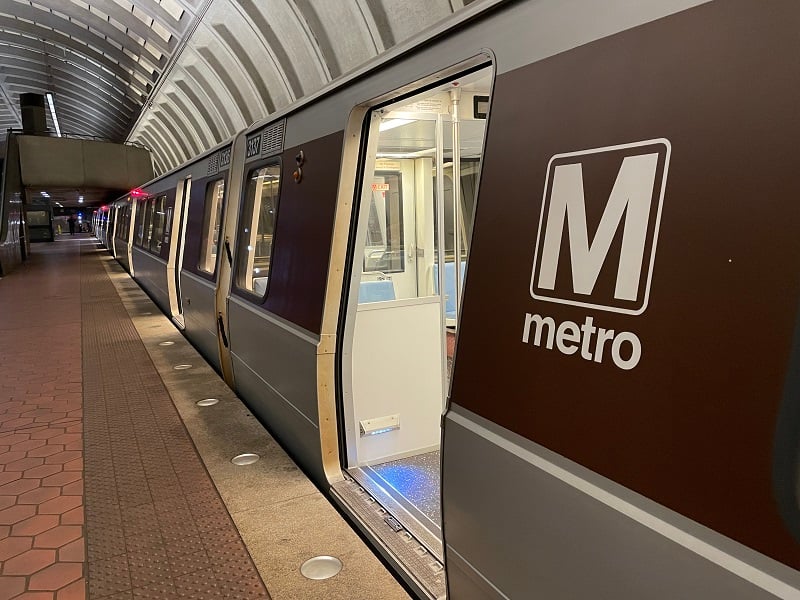Metro rail and bus riders: plan to start paying about 12 percent more per trip.
The Washington Metropolitan Area Transit Authority (WMATA) reminded passengers this week that fares on its whole system will be going up starting June 30. It’s a key part of the city’s plan to keep Metro running frequently and smoothly despite the $750 million budget gap it faced in April.
The Metro Board voted in April to approve a new proposal that bumps the maximum up from $6 to $6.75, and the base fare to $2.25. Late night and weekend fares, which had been a flat $2, will range from $2.25 to $2.50 depending on distance.
The DC Council, Maryland, and Virginia all have pledged money to help Metro close its budget gap. Along with the fare increase, this money will prevent a worst-case scenario in which the system would have closed at 10 PM daily and low-traffic stations would have been shuttered.
Evan Glass, councilmember-at-large and chair of the transportation committee for the Montgomery County Council in Maryland, told Washingtonian that the fare increase is necessary to prevent service cuts that likely would have made the system worse for riders.
A WMATA spokesperson said ridership is up 14 percent on bus and 15 percent on rail this year compared to the same period last year.
“Unreliability is the death knell of a public transportation system,” Glass said. “I would have preferred that we not raise Metrorail and bus fares for those who have no other option. But we need it to be safe, we need it to be frequent and we need it to be reliable.”
Metro says the new fares are in line with overall inflation. The overall 12.5 percent increase is larger than that of other major US metropolitan transit systems, some of which have also raised fares in the face of inflation and post-pandemic ridership changes. New York City and San Francisco’s rail systems both raised fares by around four percent last year, while Seattle introduced a new flat fare of $3 per trip, shifting rom a $2.25-$3.50 range.
Chicago and Boston’s budgets for 2024 kept normal fares the same amid reportedly growing ridership.
Unlike other cities with a single transit system funding stream, DC’s system is funded by three governments working in tandem with Congress. In May, regional leaders established DMV Moves, a task force intended to unify the area’s various rail and bus systems into a more seamless network with reliable funding. Glass said he wants Congress to pick up more of the slack to streamline the system.
“The federal government needs to play an even bigger role in supporting the transit system that brings federal employees to work every day,” he said.
Metro’s most recent increase was last summer, when fares went up about 3 percent on average, with 40 cents per mile added to non-peak weekday rail trips. The max rail fare was kept at $6. That increase allowed Metro to reduce fares for low-income riders and increase the frequency of trains, among other benefits.

















